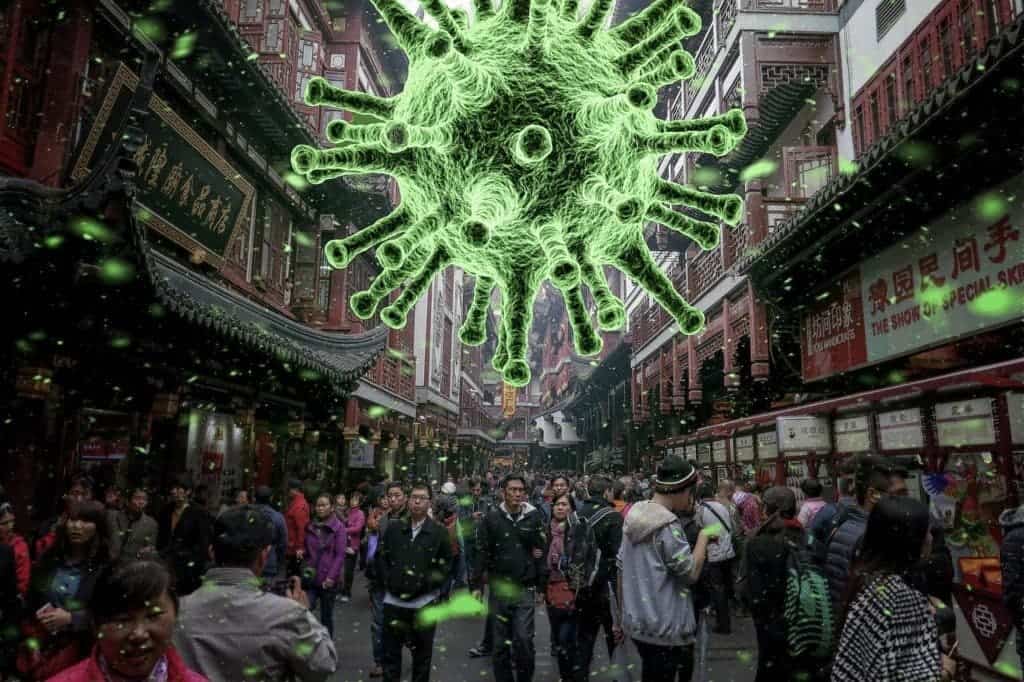A new study has dealt the final blow to one of the first conspiracy theories about the novel coronavirus currently causing a global pandemic.
The analysis of public genome sequence data from SARS-CoV-2 found no evidence that the virus was engineered.

The COVID-19 outbreak had just taken shape — it hadn’t even left China — but the conspiracy theories were already floating about. There’s a biological lab in Wuhan where it all started, so it must be made in a lab.
Of course, no evidence was ever found to support this idea, because that’s not really what conspiracy theories are about.
Initial genetic studies suggested a great similarity to viruses that infect bats and pangolins. This was really not surprising — coronaviruses are not a novel type of virus, we’ve known about them for quite a while. We’ve also known that sometimes, coronavirus strains can jump from bats to humans — we’ve seen it before with the SARS epidemic. So the evidence was strongly leaning towards a natural development of the virus.
Piling up evidence
Shortly after the epidemic began, Chinese scientists sequenced the genome of SARS-CoV-2 and made the data available to researchers worldwide.
Ever since, geneticists all around the world have been keeping an eye on the pathogen through the open project Next Strain. The collaboration maps mutations and changes in the virus, and there was no evidence to suggest an unnatural evolution.
With the entire scientific community looking closely, no one found any evidence of manipulation.
Now, a new study adds even more evidence on top of what was already known.
“By comparing the available genome sequence data for known coronavirus strains, we can firmly determine that SARS-CoV-2 originated through natural processes,” said Kristian Andersen, PhD, an associate professor of immunology and microbiology at Scripps Research and corresponding author on the paper.
Andersen and colleagues analyzed the genetic template of the virus, looking at spike proteins: armatures on the outside of the virus that it uses to grab and penetrate human and animal cells.
The researchers found that the spike proteins evolved to effectively target a molecular feature on human cells called ACE2.
The SARS-CoV-2 spike protein was so effective at binding the human cells, in fact, that the scientists concluded it was the result of natural selection and is not the product of genetic engineering.
The overall structure of the virus also strongly suggests that it evolved naturally. If someone were to engineer a virus, it would have started from an existing pathogen known to cause disease in humans. But the SARS-CoV-2 backbone differed substantially from those of already known coronaviruses and mostly resembled related viruses found in bats and pangolins.
This should, hopefully, end speculation about the origin of the virus. We can now direct our energy towards fighting this pandemic, especially as it seems to be a long fight ahead of us.









